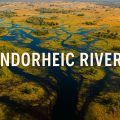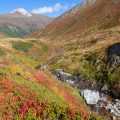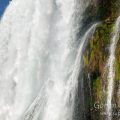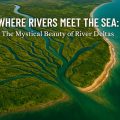What Are Rivers?
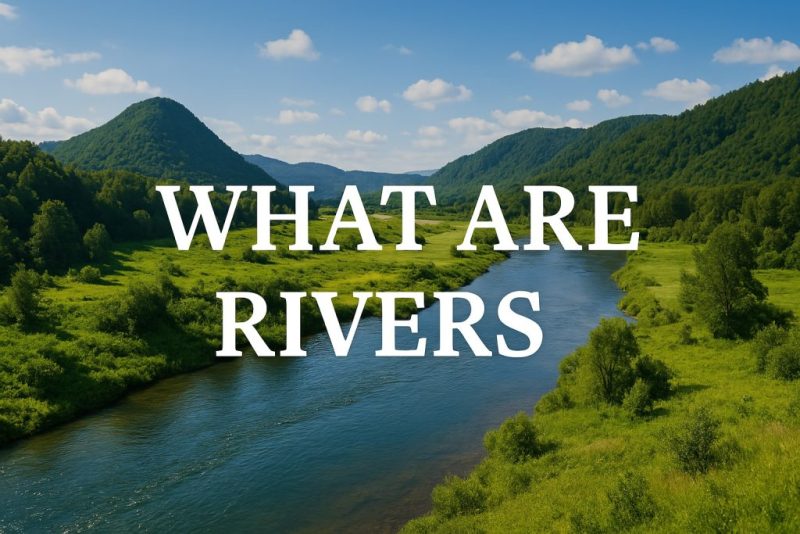
Rivers are nature’s lifelines—carving landscapes, nourishing life, and connecting worlds through their timeless flow. Discover what defines a river.
From carving majestic canyons to feeding fertile valleys, rivers are the ever-moving veins of our planet. They whisper through ancient forests, thunder over cliffs, and meander across vast plains—shaping landscapes and sustaining life wherever they go. But what exactly is a river?
A river (or a stream in general) is a body of freshwater—though there are exceptions—that flows in one direction, driven by the force of gravity, always moving downstream. It may begin as a trickle from a mountain spring or a rush of melting snow, but every river tells a story of movement, connection, and transformation.
In this post, we’ll explore what rivers are, how they form, and why they’re so essential to the world around us. Let the current take you in.
River Morphology: The Shape and Structure of a River
A typical river’s journey begins high in the steep mountains, where it is born from melting snow, springs, or rainfall. This origin point is known as the headwaters—the uppermost section of the river, close to its source in rugged, elevated terrain.
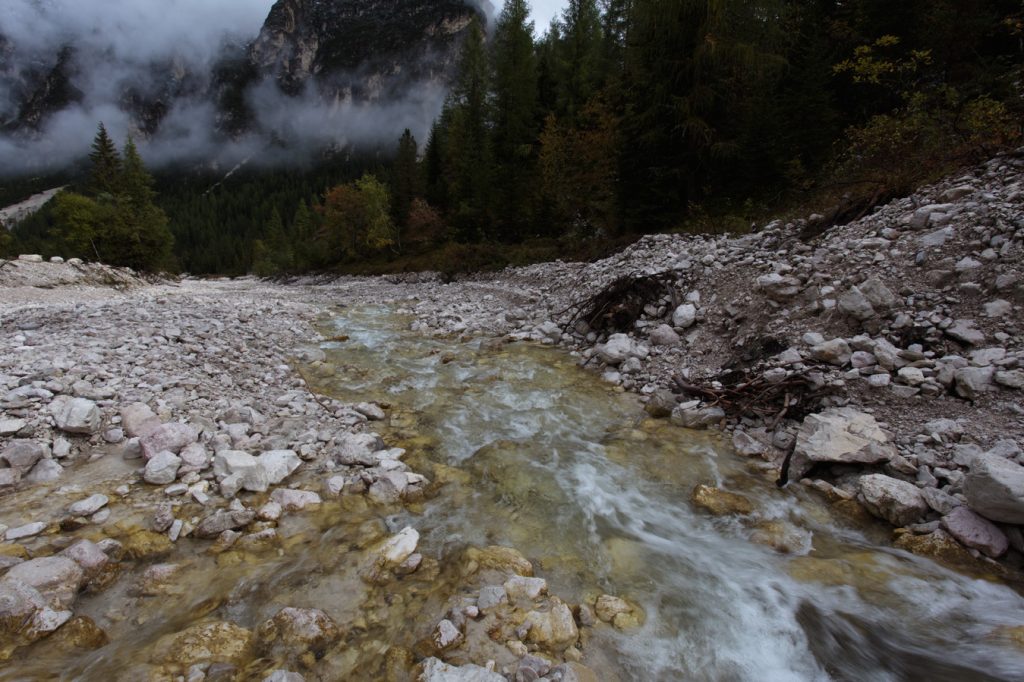
From there, the river carves its way downhill, often through a narrow, V-shaped valley etched into solid rock. In these early stages, the stream channel hugs the bottom of the valley, with little or no flat land flanking it.
As the river flows out of the mountains and into gentler lowlands, its character changes. Near its mouth—where it enters the sea, a lake, or a larger river—the landscape flattens. The river now moves within a broad, flat-floored valley, often accompanied by a wide floodplain formed by layers of sediment deposited by the river over time.
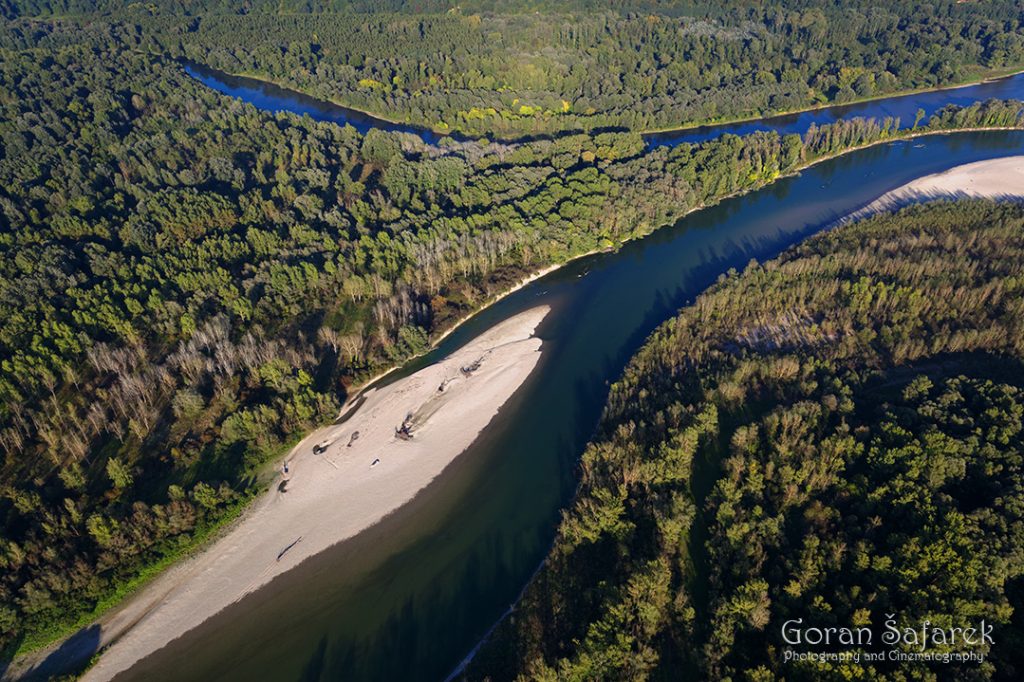
The river channel is the long, narrow path the water follows, shaped by the stream’s erosive force through rock and soil. Riverbanks are the edges of this channel, while the riverbed is the bottom surface along which the water flows.
Under normal conditions, the river remains within its banks. But during flood events, water levels can rise dramatically, overflowing the banks and spilling across the floodplain—the flat, often fertile land that surrounds the lower stretches of the river.
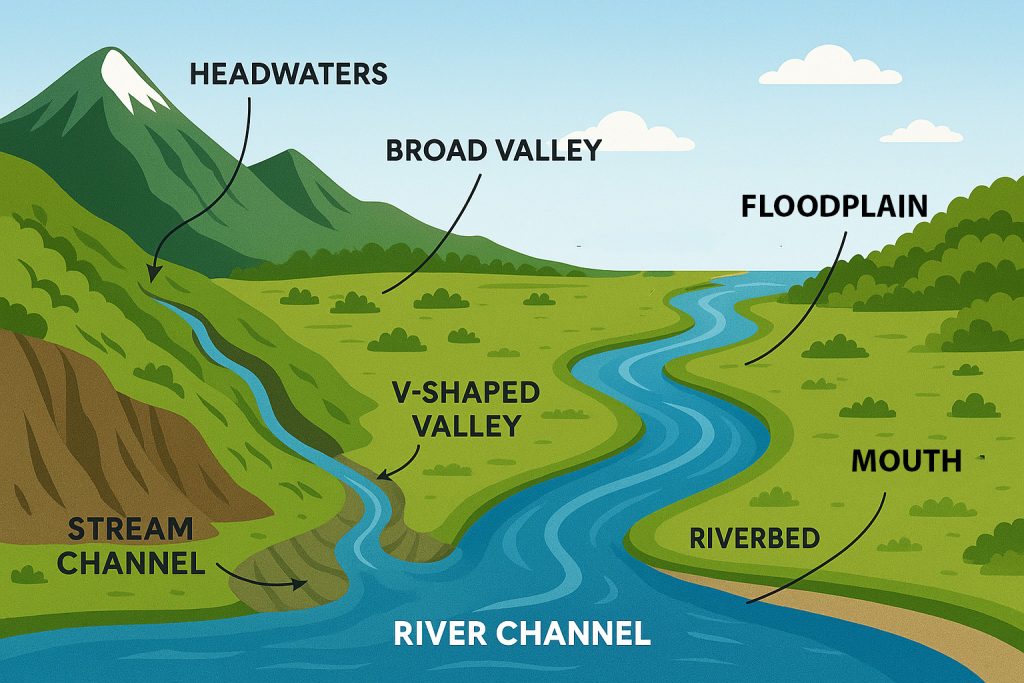
Not All Streams Flow Year-Round
While many rivers and streams are perennial, meaning they flow continuously throughout the year, not all waterways behave the same. Some streams are intermittent, flowing only during certain times of the year—typically in the wet season when rainfall or snowmelt increases water volume. These streams often have permeable beds, allowing water to seep into the groundwater system, or they occur in semi-arid and arid regions, where prolonged dry spells interrupt surface flow.
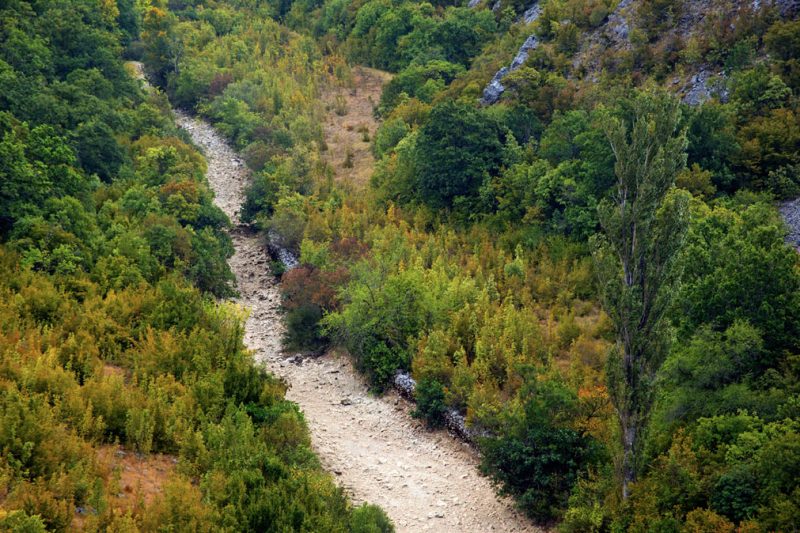
Even more short-lived are ephemeral streams, sometimes referred to as torrents. These streams appear only during or immediately after heavy rainstorms, when intense runoff rapidly fills otherwise dry channels. Unlike perennial and intermittent streams, ephemeral streams do not have a constant connection to groundwater and often remain dry for most of the year.
These different stream types reflect the climate, geology, and seasonal rhythms of their regions, shaping the unique landscapes and ecosystems they pass through—even if only briefly.
The Power of Rivers: Nature’s Great Sculptors
Rivers, streams, and running water are among the most powerful geological forces shaping the Earth’s surface. Through constant erosion, transportation, and deposition of sediment, rivers have carved canyons, built valleys, and created deltas. In fact, nearly every landscape on Earth bears the imprint of stream erosion or sediment deposition—testament to the persistent work of flowing water over time.
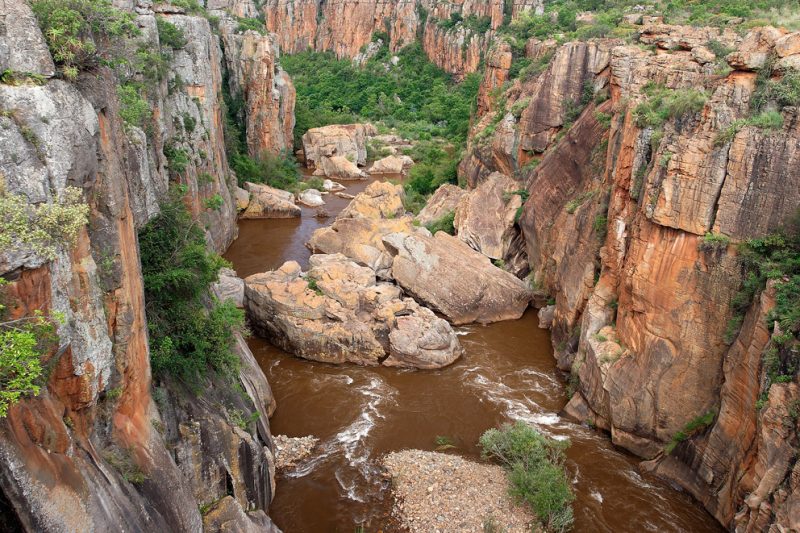
Bourke’s Luck Potholes in South Africa
While rivers account for less than 1% of the world’s water, their importance to both the Earth’s ecosystems and its geology cannot be overstated. Most of the planet’s freshwater is either frozen in glaciers or stored beneath the surface as groundwater. Of these, only a tiny fraction is found in rivers and streams—yet this fraction is vital, as it remains in constant circulation, linking underground reserves, surface water, and the atmosphere.
Rivers and streams vary enormously in size and character, from the gentle trickle of a hillside spring to the mighty Amazon, which stretches over 6,400 km in length and spans more than 3 km in width in places. Their diversity is astonishing—from torrential mountain streams rushing through narrow gorges to the slow-moving backwaters of great lowland rivers. Each one, no matter its size, plays a part in shaping the world we know.
Rivers as Cradles of Biodiversity
Rivers are often hotspots of biodiversity, teeming with life both within and around their flowing waters. While some organisms—such as fish—are permanent aquatic residents, many others rely on rivers for food, water, shelter, or reproduction. From insects that lay their eggs in calm shallows to birds nesting along riverbanks and mammals coming to drink or hunt, these dynamic ecosystems support a complex web of interdependent life.
One of the most fascinating examples of this diversity lies beneath the surface. Freshwater fish species from rivers and streams across the globe represent a dazzling array of forms, colors, and adaptations. From the shimmering tetras of the Amazon to the stealthy catfish of Southeast Asia, these species reflect millions of years of evolution shaped by the river’s ever-changing environment.
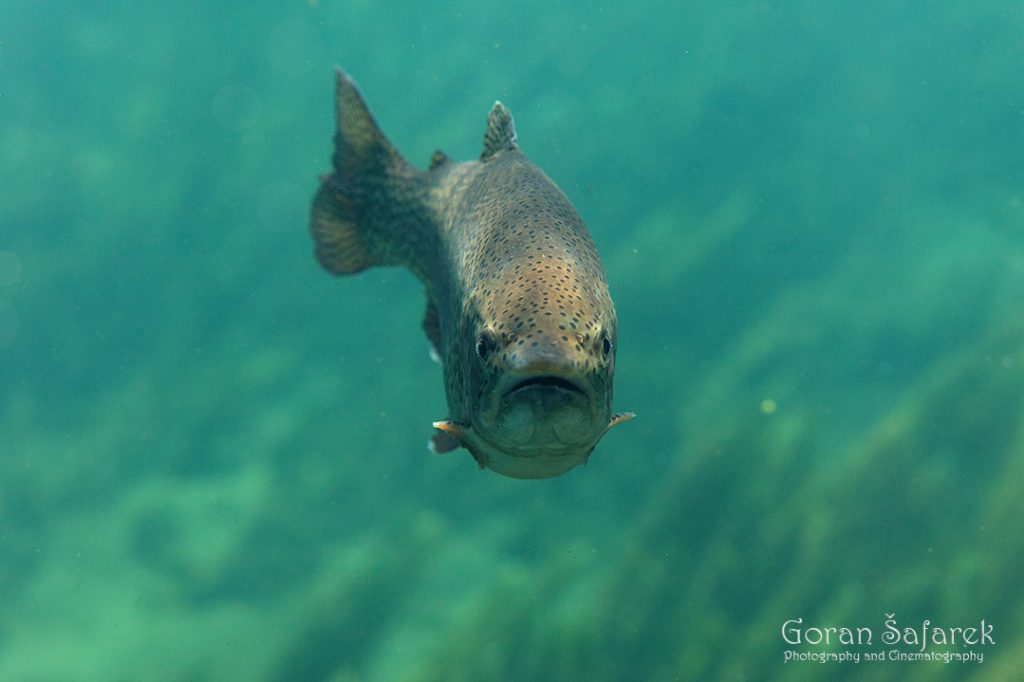
And the story is far from complete. New species of freshwater fish are discovered every year, especially in lesser-explored river systems in tropical regions. Scientists continue to be surprised by the richness and uniqueness of freshwater biodiversity, reminding us just how little we still know about these lifelines of the planet.
Beyond fish, rivers also sustain amphibians, crustaceans, aquatic plants, mollusks, and countless microscopic organisms that form the foundation of the food chain. On their banks thrive riparian forests, which are essential habitats for birds, insects, reptiles, and mammals. In essence, rivers are not just waterways—they are living corridors, nurturing life from their mountain sources to their ocean mouths.
Rainbow trout
